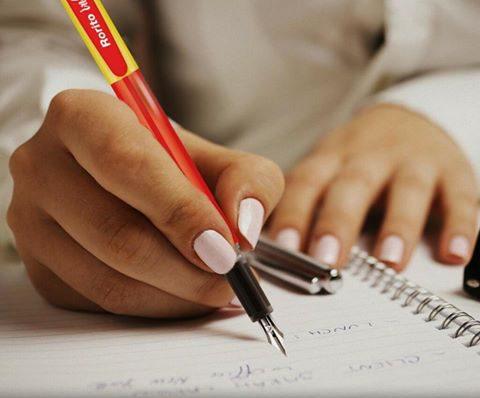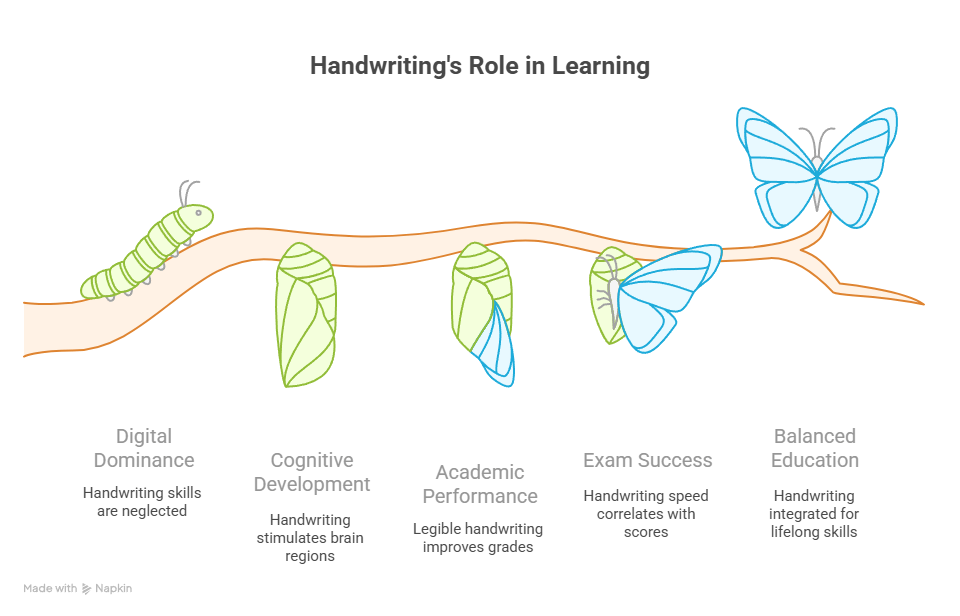
The Forgotten Skill in the Digital Age
In an era dominated by screens, where keyboards and touchpads replace pens, one might ask—does handwriting still matter? The answer, supported by neuroscience, education research, and classroom experience, is a clear yes.
Handwriting Is “Language by Hand”
Virginia Berninger, a leading researcher in writing development, describes handwriting as “language by hand.” Far from being just motor activity, handwriting connects thought, memory, and communication—helping students process, retain, and express ideas.
The Brain Writes Differently Than It Types
Neuroimaging studies reveal that writing by hand stimulates multiple regions of the brain, particularly those tied to memory, focus, and language. A study at Indiana University found that children who practised handwriting showed enhanced brain activation in reading and writing centres—far more than when typing the same content.
Handwriting Builds Better Learning Outcomes
From classroom notes to exam papers, legible and fluent handwriting plays a critical role in academic performance. Teachers are more likely to award higher marks when answers are neatly presented, even when content is similar. Students with strong handwriting habits are often more confident, motivated, and organised.
The Myth of “Digital Replacing Handwriting”
While digital literacy is important, abandoning handwriting altogether may cost students more than we realise. Handwriting supports cognitive development in early years and improves the ability to generate original thought. It’s not a nostalgic skill—it’s a neurological advantage.
Handwriting and Exam Success
Fixed-time examinations continue to dominate student assessment in India. Students who write fast and legibly finish on time, make fewer errors, and present their knowledge more effectively. Studies show that handwriting speed and clarity strongly correlate with exam scores, regardless of ability.
A Balanced Future
Rather than replacing handwriting, the future of education must restore and integrate it—especially cursive. Students must learn to write fluently, quickly, and with purpose. Cursive writing, taught systematically, equips them to do just that.
Conclusion: A Tool for Life
Good handwriting is not about beautiful curves alone—it’s about empowering learners with a lifelong skill. In schools and beyond, the ability to write legibly and fluently remains one of the most powerful tools a child can carry into adulthood.

“…as explored in our article on cursive writing and the brain…”
